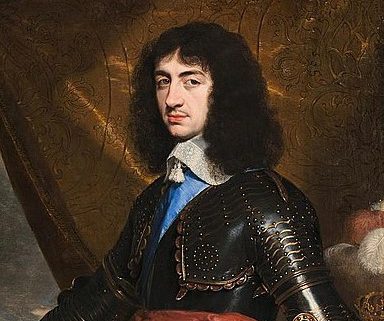Escape or Die 1651 – Charles II the Most Wanted Man
On 03 September 1651 the mainly Scottish army of the 21 year-old Charles II was defeated at Worcester. The young king, whose father Charles I had been executed in 1649, was now the most wanted man in England, with a £1000 price tag on his head. He spent the daylight hours of 06 September hiding in the branches of the original Royal Oak at Boscobel, while Parliamentary troopers searched for him below. On Tuesday 04 April at 2.30pm at Gold Hill Museum Paul Cordle tells the gripping story of Charles’s haphazard flight after the battle, which, full of near-misses and narrow squeaks, brought him through south Somerset, west Dorset, and south Wiltshire. After six weeks of living on his nerves and thinking on his feet, Charles finally found a boat to France at Shoreham in West Sussex. Paul’s illustrated talk is free to members of The Shaftesbury & District Historical Society and open to members of the public on payment of £3 at the door.
Charles had no preconceived escape plan. He had no intention of following a beaten army back to Scotland, and thought his best chance of survival lay in the fewest people being aware of his presence and intentions. The only senior Royalist who stayed with him, Henry Viscount Wilmot, was something of a liability, in that he insisted on riding everywhere and declined to change his appearance. As Charles told Samuel Pepys in 1680, I tooke care not to keepe (Wilmot) with me, but sent him a little before or left to come after me.
By the time Charles took refuge in the Royal Oak, his hair had been cut short, his face and hands stained dark, and his clothes dumped for a Country-Fellowes habbit, with a pair of ordinary grey Cloath Britches, a Leathern Dublett and a greene Jerkin. He did not look like his 1653 portrait (above), painted during his exile in France. Nevertheless, he was in constant danger of being recognised – not least because of his height (“over two yards high”) – and he had to use his wits to persuade the suspicious that they had met him in other, plausible circumstances. Some of the best advice and practical assistance came from Catholic Royalists. They were accustomed to being careful what they said, and the more affluent had built concealed priest holes into their houses. But anyone who helped the fugitive king was putting life and property at risk.
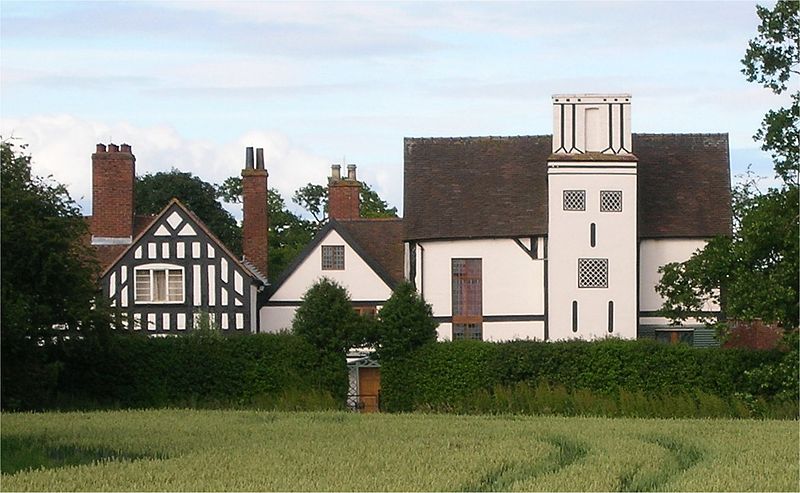
A brief foray on foot revealed that crossing the River Severn into Wales was too dangerous a proposition. The opportunity arose for Charles to masquerade as Will Jackson, servant to Mrs Jane Lane, who already had a pass to visit her pregnant friend Mrs Norton at Abbots Leigh near Bristol. Jane rode pillion to the king, and again when they moved on to Colonel Francis Wyndham’s house at Trent in Dorset, once they had learned that there would be no ships leaving Bristol for France for a month.
In all Charles spent 19 days at Trent, where he may have felt safer after the maid of the House (who knew me) told me that there was a Rogue a Trooper come out of Cromwell’s Army that was telling the people that he had killed me, and that was my Buffe-Coate which he had then on. Upon which most of the Villiage being Fanatiks, they were ringing the Bells and making a Bone-Fyer for joy of it.
‘Will Jackson’ had a new pillion passenger, Mrs Juliana Coningsby, when as part of a pretend runaway marriage party they rode to Charmouth to await a summons to a ship in Lyme. They were let down and returned to Trent via Bridport, where they Rodd directly into the best Inn of the place and found the Yard very full of soldiers. I alighted, and taking the Horses thought it the best way to goe blundering in among them, and lead them through the middle of the Soldiers into the Stable, Which I did and they were very angry with me for my rudeness. And as the Ostler was helping me to feed the Horses, Sure, Sir (Sayes the Ostler) I know your face. Which was noe very pleasant Question to me. The king was able to convince the Ostler that their paths had crossed in Exeter, where Charles said that he had been servant to a merchant, Mr Potter, whom he knew to exist.
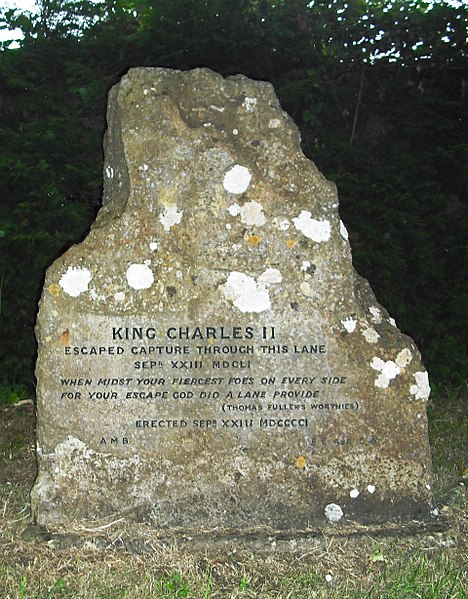
On 06 October the king, still playing the role of Will Jackson, carried Mrs Coningsby from Trent to Heale House near Salisbury, via Wincanton and the George Inn at Mere. As this is a journey of at least 43 miles there would need to be breaks for food and perhaps a change of horses.
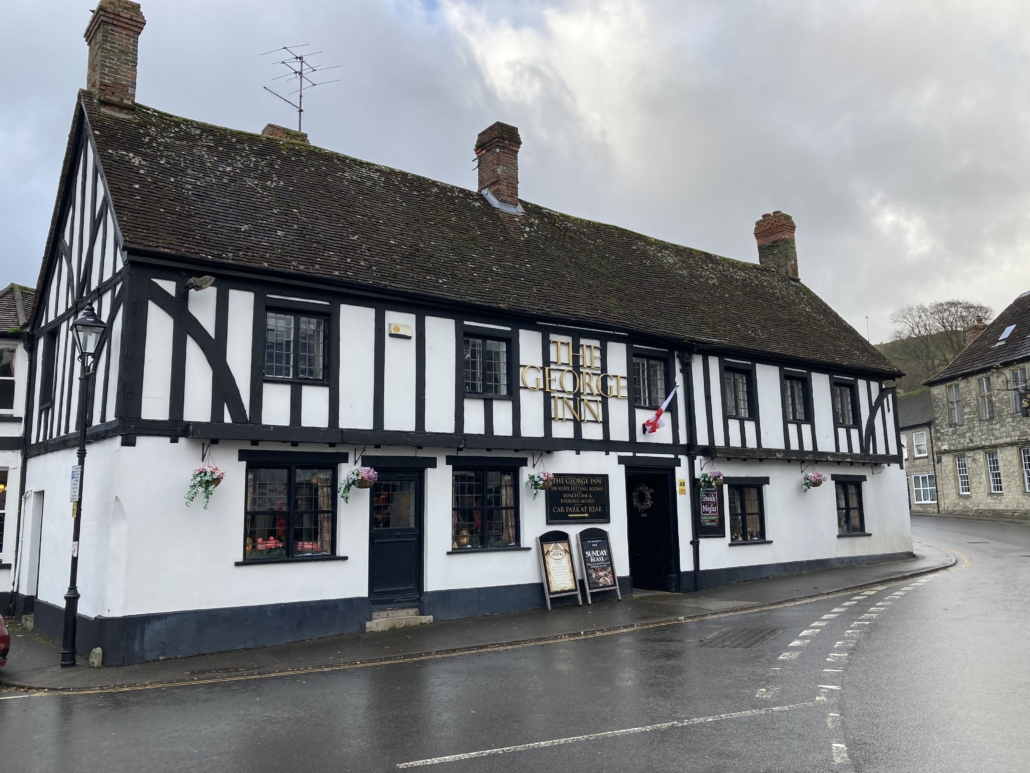
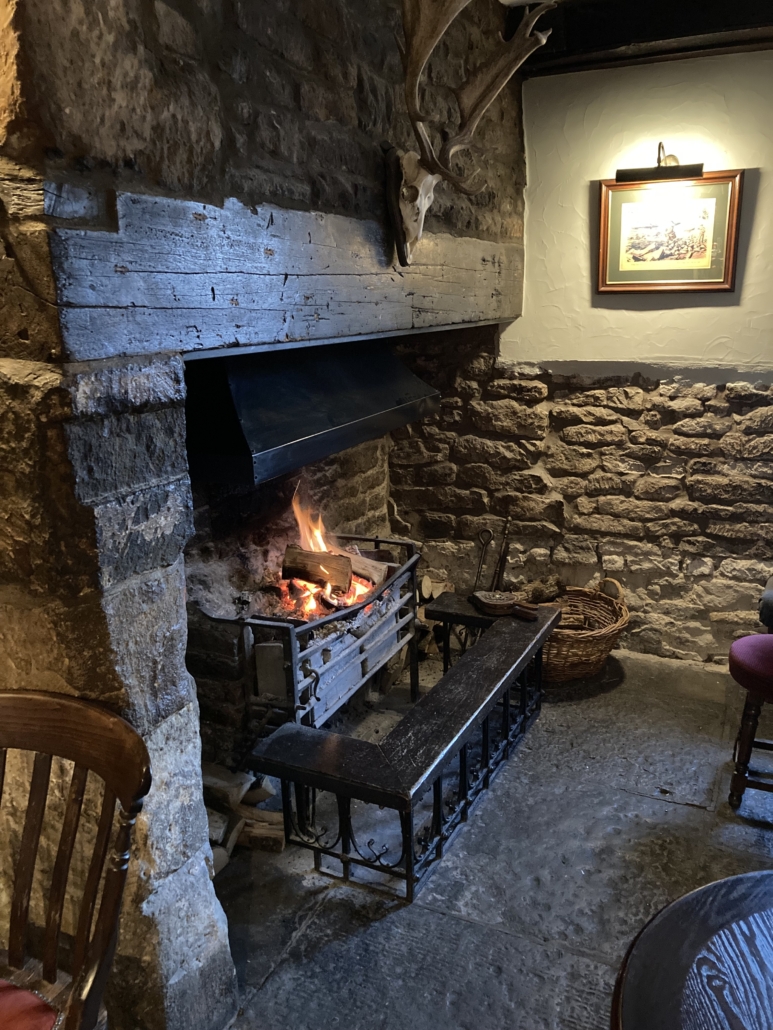
The following day, for the benefit of any prying eyes, he rode off as far as Stonehenge, and returned to Heale at night. After five days in hiding, he headed for Shoreham, where the captain of a collier bound for Poole had agreed to a diversion to allow two impecunious merchants to collect a debt in France. On 16 October Charles and Wilmot disembarked at Fecamp in Normandy.
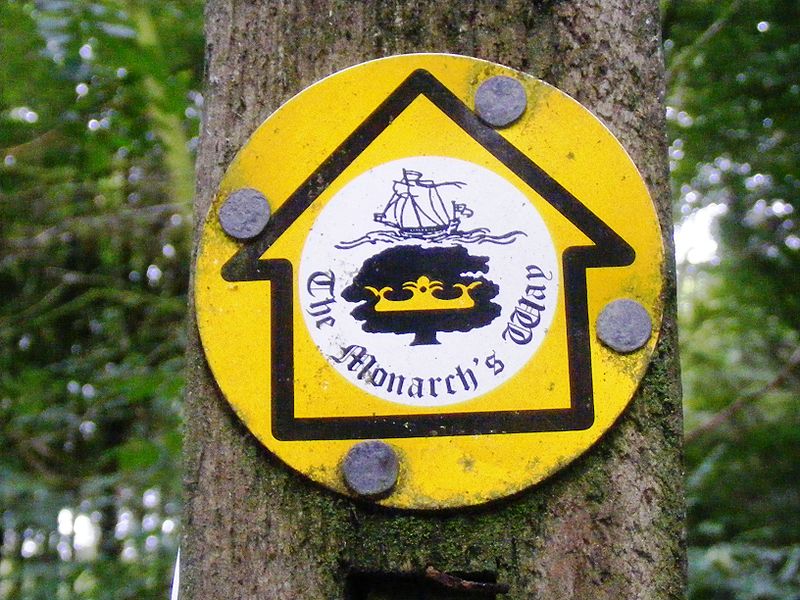
England’s brief flirtation with Republicanism ended in 1660. Some years after the Restoration Charles said to his heir, the future James II: Brother, I am too old to go again to my travels. James failed to take the hint and was deposed in the so-called Glorious Revolution of 1688.

